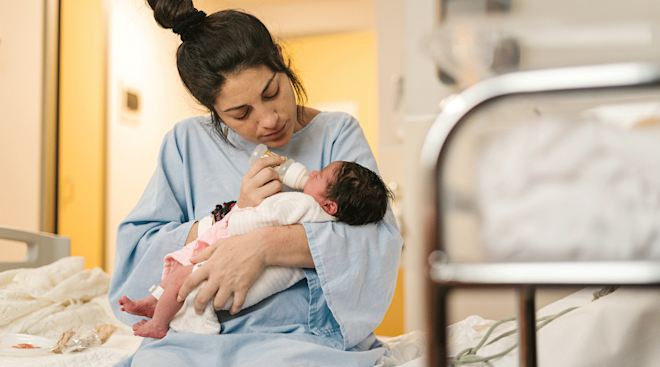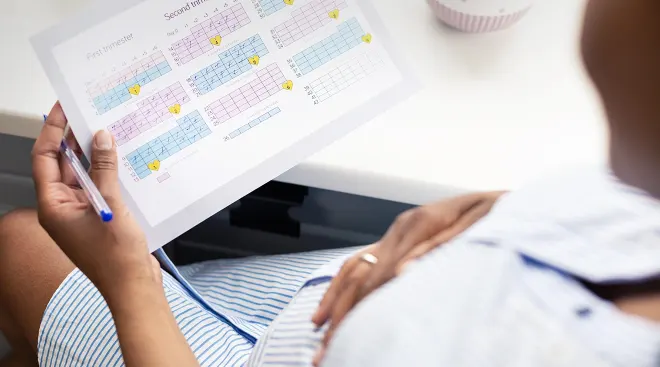Research Shows Why Babies Need to Move in the Womb
Most moms love the sensation of baby moving around in their bellies—at least at first. But baby’s not just moving around in there to keep you up at night or to say hello. For the first time, researchers have nailed down why babies move in utero: to develop strong bones and joints.
According to a study published in the journal Development, those bones and joints aren’t going to develop by just sitting there. After examining chick and mouse embryos, researchers determined movement stimulates molecular interactions that guide the cells and tissues of an embryo to become functional bones and joints. Depending on where cells are inside an embryo, movement directs them to either form bone or cartilage.
And if there’s no movement? The result can be brittle bones or abnormal joints.
"Our new findings show that in the absence of embryonic movement the cells that should form articular cartilage receive incorrect molecular signals, where one type of signal is lost while another inappropriate signal is activated in its place,” says Paula Murphy, a professor of zoology at Trinity College Dublin who co-led the study. “In short, the cells receive the signal that says ‘make bone’ when they should receive the signal that says ‘make cartilage’.”
Next up, researchers will examine how to correct those faulty signals.
Not sure your baby is moving in utero enough? Once you’re in your third trimester, kick counts can serve as a good indicator.
Please note: The Bump and the materials and information it contains are not intended to, and do not constitute, medical or other health advice or diagnosis and should not be used as such. You should always consult with a qualified physician or health professional about your specific circumstances.
Navigate forward to interact with the calendar and select a date. Press the question mark key to get the keyboard shortcuts for changing dates.




















































